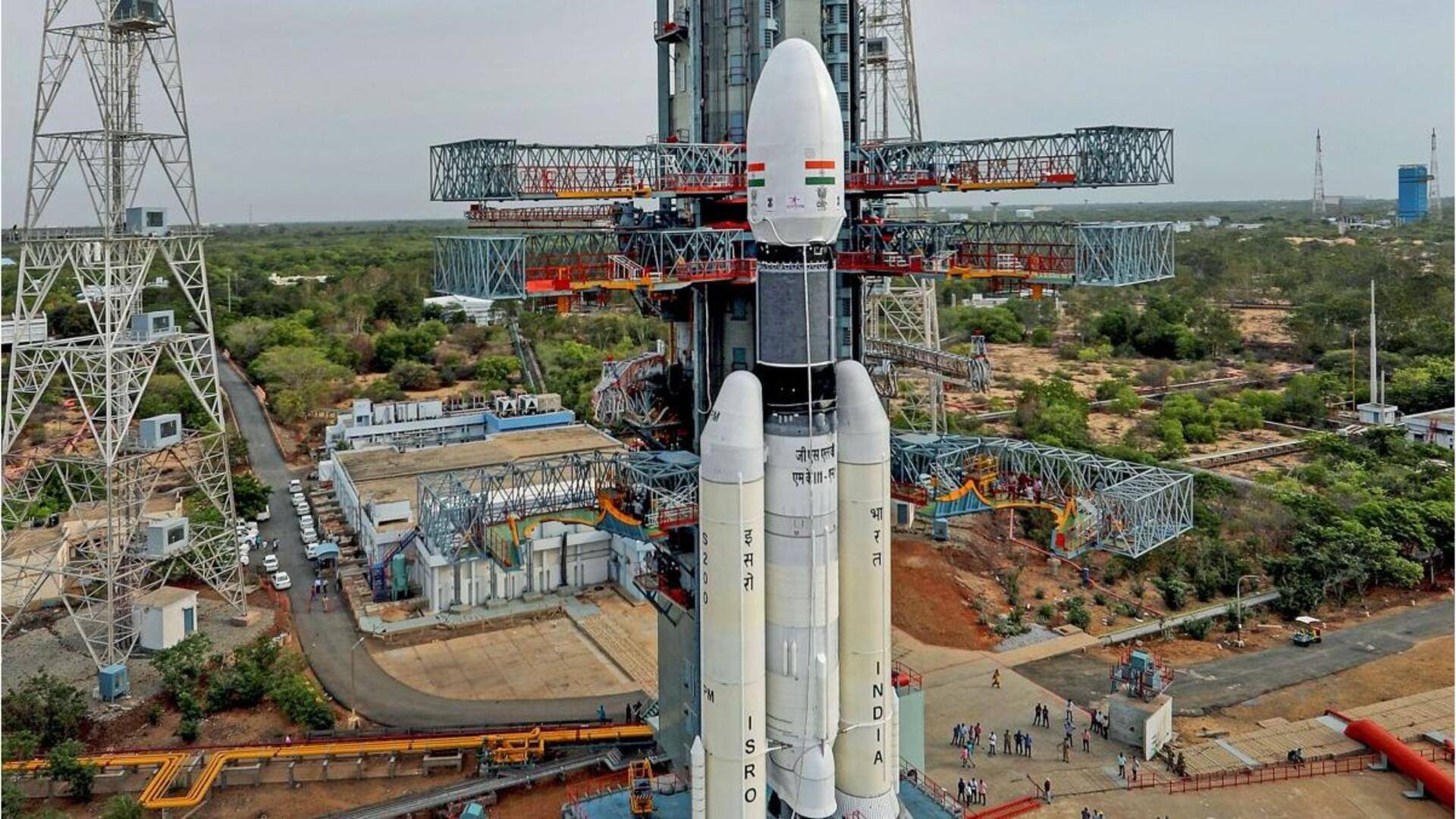
Gaganyaan mission: ISRO planning first crew escape system abort test
What's the story
As part of India's ambitious Gaganyaan program, the Indian Space Research Organization (ISRO) is gearing up for an inflight abort test of the crew escape system (CES) using a test vehicle by October-end.
According to S Unnikrishnan Nair, the director of Vikram Sarabhai Space Centre (VSSC), the test vehicle systems have arrived at Sriharikota for final assembly.
The single-stage test vehicle is designed to validate the performance of CES under various conditions, like elevated dynamic pressure and transonic conditions.
Details
Test vehicle launch sequence and applications
ISRO is set to commence the first of four abort missions in the Gaganyaan program with the upcoming launch of test vehicle TV-D1.
Next, the second test vehicle, the TV-D2 mission, and the first uncrewed mission under Gaganyaan (LVM3-G1) will take place.
"The second series of test vehicle missions (TV-D3 & D4) and LVM3-G2 mission with robotic payload is also planned," reported PTI.
The crewed mission will be based on the successful outcomes of these test vehicles and uncrewed missions.
Scenario
Crew module design and capabilities
The crew module is designed to provide a comfortable Earth-like environment in space for the crew.
It features a double-walled construction with a pressurized metallic inner structure and an unpressurized external structure equipped with a thermal protection system.
Inside, there are crew interfaces, human-centric products, life-support systems, avionics, and deceleration systems. It will ensure safe re-entry and descent until touchdown.
The Gaganyaan will showcase India's capability to send crew members to 400km orbit for one-three days and return them safely.
Insights
LVM3 rocket selected for Gaganyaan mission
ISRO's heavy-lift launcher, the LVM3 rocket, has been chosen as the launch vehicle for the ambitious Gaganyaan mission.
It comprises solid, liquid, and cryogenic stages, with all systems reconfigured to fulfill human rating requirements, resulting in the Human Rated LVM3 (HLVM3).
However, Nair explained that the LVM3 can't be used for conducting tests to validate CES due to its high cost.